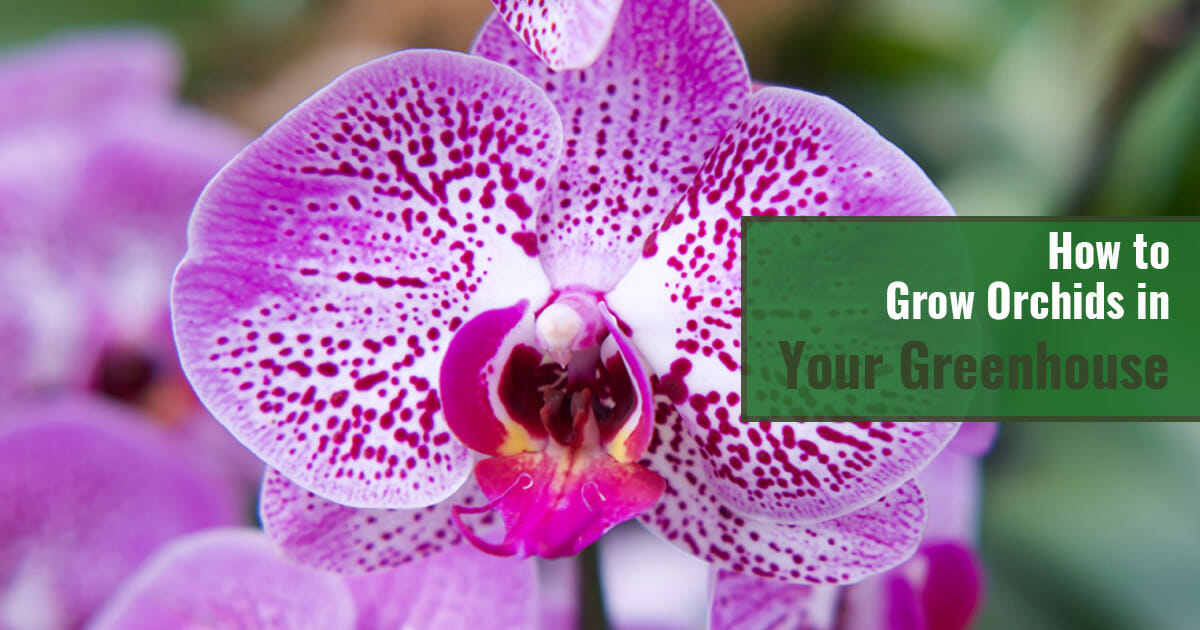








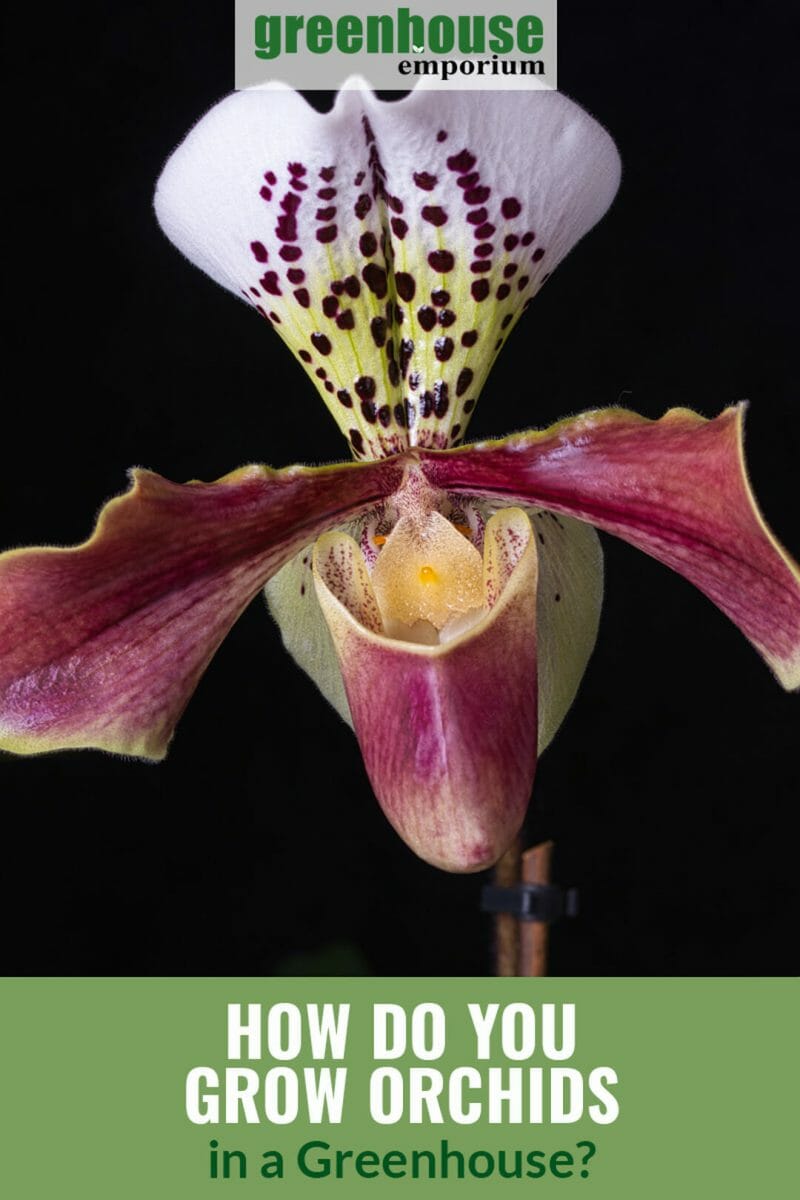
Orchids are popular household plants with undeniably beautiful and elegant flowers that bring a calming feel to any space they’re in. These exotic plants have garnered a reputation for being fussy and difficult to grow, but is that actually the case for greenhouse orchids?
Orchids are often seen as exotic, but in fact, they’re an extremely large plant family with species growing on most continents! What sets them apart is that their basic growing requirements are different from what most people are used to. For this reason, it’s best to grow orchids in a greenhouse so that you can control their environment as much as possible.
An orchid greenhouse allows you to control and imitate the growing conditions of the orchid’s natural environment. In this article, we’ll go over the top five orchids to grow if you are just starting out, and we’ll walk you through how to grow and care for them in a greenhouse.
The top 5 orchids to grow in a greenhouse
Did you know that orchids grow in all kinds of climates and on every continent except Antarctica? As a result, you shouldn’t be surprised that orchids come in all kinds of shapes, sizes, and colors. There are some rare and beautiful orchids out there which would be a dream to grow.
However, if you’re a beginner orchid grower, it’s best to start with commercially available orchids, which won’t just be less expensive to obtain, but will be easier to grow and care for.
Here are our top 5 types of greenhouse orchids:
Phalaenopsis
Also referred to as Moth orchids, Phalaenopsis orchids come in a variety of shapes and colors. They are one of the most popular orchids and are commonly pictured in magazines. Luckily, they’re fairly easy to grow and care for. They’ll grow even in very low light and don’t have extreme requirements. As a result, they are the beginner’s go-to orchid to grow.

Advantages
- Phalaenopsis orchids make beautiful house plants
- The thick, dark green, rounded leaves are very attractive
- The flowers can last for months in the right conditions
Cymbidium
Cymbidium is another extremely popular type of orchid that is often found in households and hotels. As with Phalaenopsis, this type of orchid can easily be grown in a greenhouse. Cymbidium orchids love to grow in temperate climates and have long, thin leaves that are undoubtedly attractive.
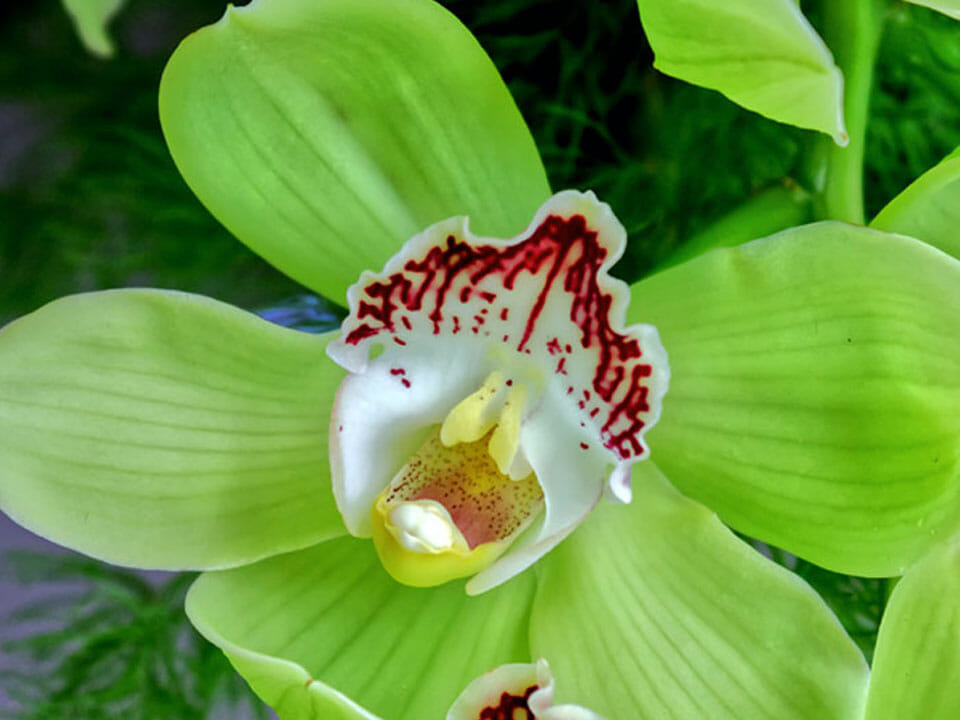
As with other orchids, they grow very quickly in summer. However, it can take years for a plant to flower if grown from seed. Hence, purchasing young orchid plants from a nursery is best, especially when starting out.
Advantages
- Cymbidium orchids are resistant to most pests and diseases
- They are impressively more cold-tolerant than other varieties
Cattleyas
Cattleyas are said to be the most exotic of all orchids. Their common name is Corsage orchid, since they are often used as a corsage. Cattleyas require a lot of indirect sunlight (never direct sunlight) and have average temperature requirements. These orchids are large, long-lasting, and also very easy to grow.
Advantages
- They are relatively easy to care for
- They come in a wide variety of shapes and colors
- Feature showy, scented flowers that make beautiful corsages
Laelias
Laelia orchids are lovely and characterized by large, beautiful flowers. They have been hybridized with the Cattleya genus, so they thrive in growing conditions similar to that of Cattleyas. They enjoy the cool winter temperature and have average requirements (for orchids).
Advantages
- There are many interesting and beautiful species of Laelias
- They are vigorous growers
Paphiopedilums
Paphiopedilums are a very distinctive variety of orchids. They have a single large petal or pouch that looks like a ladies’ slipper. Hence they are also referred to as Slipper Orchids. Most Paphiopedilums species have fascinating, dappled leaves.

Advantages
- Thrives even in low light conditions
- They are easy to care for (similar to African violets)
What kind of greenhouses are ideal for growing orchids?
If you want to grow orchids, it’s not enough to simply have a greenhouse. Your orchid greenhouse should have the right features to grow healthy and happy orchids.
Here we’ll describe the features that make a greenhouse suitable for growing orchids:
- The greenhouse should be spacious: this will allow you to grow your orchid collection and offer optimal sunlight.
- Appropriate light supply in your greenhouse is very important to grow orchids. You need to protect these plants from direct or scorching sunlight, which will burn your orchids. An ideal greenhouse glazing for orchids should let in indirect sunlight for at least 10 hours daily during the long season (summer). Solexx has the perfect glazing for diffused light which makes it a perfect orchid greenhouse. Check out our Solexx Greenhouse collection here!
- Shade cloths can help prevent harsh sunlight from burning your orchids.
- Humidity is an essential requirement for orchids. Your greenhouse humidity level should be between 40-70%. If you don’t live in a humid climate, a humidifier or misting system can help increase the humidity in your greenhouse.
- Most orchids prefer warm temperatures, but make sure to check individual orchid requirements since some prefer cooler climates. Generally, you should adjust your greenhouse temperature to around 60-80 °F (16-27 °C) in the daytime and 45-65°F (7-18 °C). Most orchids need that change in night-time temperature in order to bloom. A heating system in your greenhouse is essential if you live in a cold climate.
- Adequate ventilation in your greenhouse is a must, especially in warmer climates. To increase the ventilation in your greenhouse, you can use roof vents and greenhouse fans.
How to grow orchids in a greenhouse
Growing orchids from seed can take years from seed to flower. So most growers purchase young orchid plants from their local garden supply stores or nurseries. As a result, this article is focused on caring for orchids. If you want to learn how to grow orchids from seed, you can read this article.
Here are a few things to keep in mind when getting your orchids set up in your greenhouse:
- Select the right size and shape pots for your orchids. You’ll want to go for shallow, squat pots with good drainage holes that’ll let excess water run out. Deep pots tend to retain too much moisture, and orchids don’t like to have their “feet” wet.
- Next, fill your pot halfway with an orchid potting mix. Orchids won’t grow well in regular soil, but we’ll go over orchid potting soil in more depth later.
- Gently place the orchids on the surface of the soil and fill up to the top with soil. Make sure to pack firmly around the orchid to keep it standing in place.
- Feed your plant with a general-purpose or specialized orchid fertilizer. You can get these from most garden supply stores.
- As the orchid grows in your greenhouse, it’ll start to develop a strong, fleshy root system. When the roots become too large for the pot, you’ll need to repot the orchids into a slightly larger pot (but not too big as orchids like to be contained).
- To repot your orchids, follow the regular planting procedure. You can add pebbles or rocks at the base of the pot to improve drainage if necessary. Avoid repotting frequently as orchids are very sensitive.
Potting mix
One of the easiest ways for a beginner to kill orchids is by planting them in regular potting soil. Instead, the potting medium for orchids should be a mixture of materials that imitate their natural environment.

Many orchids are epiphytes meaning they grow on trees and get most of their nutrients from the rain in their natural habitat. These types of orchids need a potting mix that consists of well-draining materials such as peat moss, perlite, coconut fiber, bark, granular charcoal, and cork.
You can also purchase a specially designed orchid potting medium in your local gardening stores if you don’t have access to these materials on their own.
Watering
Orchids love high humidity, but their roots rot very easily in overly wet or soggy soil. Ideally, you should water orchids once every two weeks during winter and once a week in the summer months.
Water orchid sparingly and never let them sit in water. But be careful, if you scarcely water orchids, this can cause leaf discoloration and dropping. The goal is to keep the orchids moist but never sopping wet just like their growing condition in the wild.
Note that orchids prefer to dry out between waterings. While maintaining a watering schedule helps a lot, observing your plant for signs of under- or over-watering is key. To check if your orchid needs water, place your finger in the soil. If it feels dry, it’s probably time to water. If it feels wet, wait until the soil dries out.
Keep in mind that different orchid varieties have different watering requirements, so you may want to check on the requirements for the specific variety of orchid you are growing in your greenhouse.
Pro trick: Soak the roots of your orchids in warm water for about 15min (never longer than 30min!). A sink would be perfect but a large tub would do, too. Then set aside to let the remaining water drain. Put back into the pot once all excess water has drained. When I am running low on time, I often let them soak for a few minutes but I repeat it a little more frequently.
Temperature
Another mistake most beginning orchid growers make with orchids is the temperature. To grow healthy orchids in your greenhouse, you must provide these plants with the appropriate temperature.
With any orchid variety, a constant temperature range isn’t required throughout the day. Instead, what is needed is a drop in night-time temperature about 10 or 15 degrees lower.
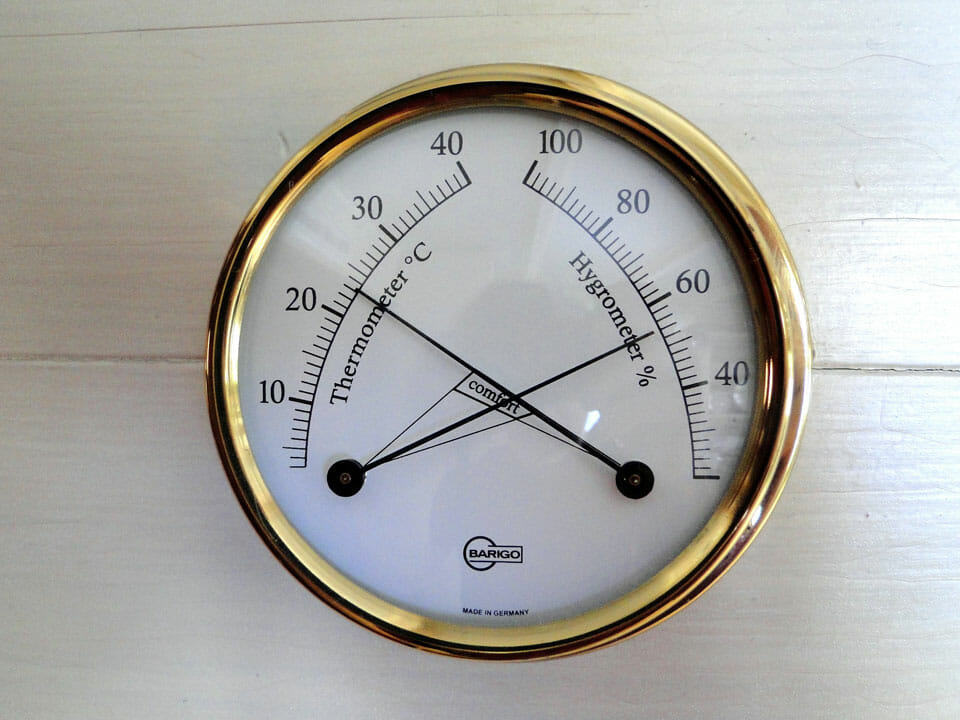
Orchids are healthy and happy when daytime temperatures range between 60 and 80 degrees Fahrenheit and nighttime temperatures drop slightly to around 45 and 65 degrees Fahrenheit. Some orchid varieties won’t bloom without a night-time drop in temperature.
Lighting
Most orchids require bright, indirect sunlight. Remember, they like to grow on trees where they get shade from the foliage but still receive indirect light.
However, there are some orchid varieties like Vandas and some species of Epidendrums that need direct sunlight. So it becomes very important to always check out the specific requirements for the variety you are growing.
Nevertheless, direct sunlight should be avoided, as it can scorch and damage orchids’ leaves. If this happens to your plant, move the orchid to a new location and don’t cut the burnt leaves until your orchid gets new, healthy leaves.
Some greenhouses may not provide enough shade for orchids so you’ll need a shade cloth (check out our collection here!)
Feeding
Orchids will grow and blossom without fertilizer. However, feeding your plant can provide essential nutrients. Experts suggest fertilizing orchids at least once a month.
We recommend feeding your orchids a weak solution of balanced plant fertilizer on the third watering of the growing season. You’ll need to dilute your fertilizer with water, so you can skip watering on the days/weeks you’ll be fertilizing.
Make sure to avoid the leaves while fertilizing. Using a narrow-spouted watering can is best for this purpose.
Pruning
After the flowering period in spring and summer, orchids enter a period of rest in fall when the flowers wilt and fall off. This period of bloom loss is the best time to prune and clean up your orchids.
Pruning your orchids can help encourage new growth. If you’re a beginner at growing orchids, pruning can be a daunting task. So the first thing to do is to get your tools ready. If you’ll be using pruning shears, make sure to sterilize and clean them before and after each use with rubbing alcohol.
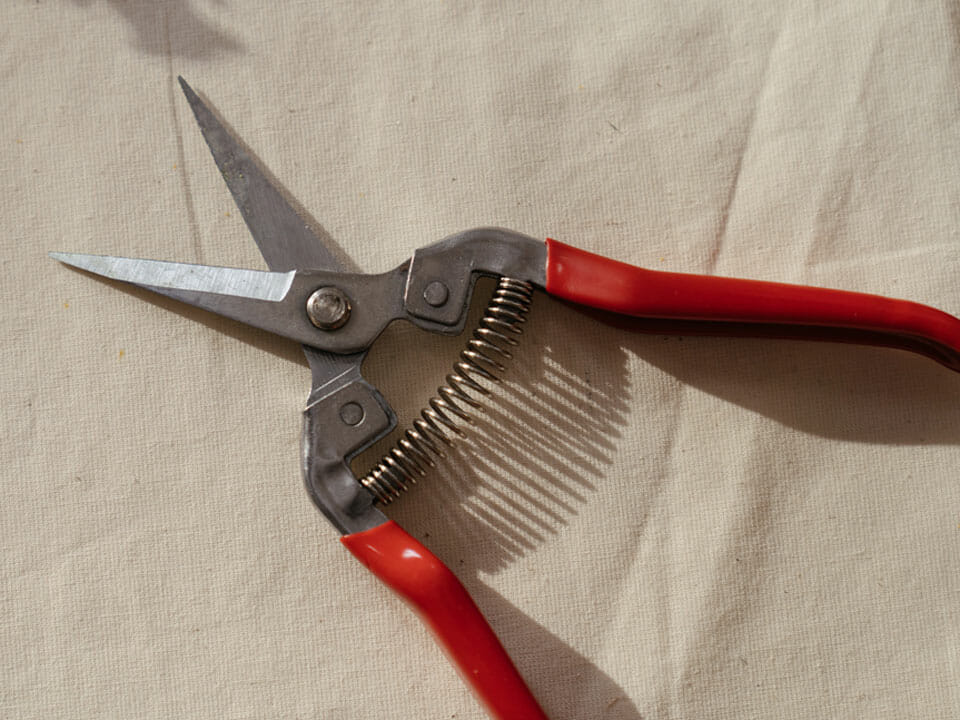
Next, examine your orchids thoroughly. You can cut off an entire spike if it’s brown, unhealthy, or can’t possibly yield any more flowers. For healthy, green spikes, carefully trim them just above a node. This will encourage blooming in that area.
Pests and diseases of greenhouse orchids
Orchids grown in a greenhouse have fewer pest and disease problems. However, they can be attacked by a couple of diseases and pests especially when exposed to poor growing conditions.
The most common types of pests and diseases to affect orchids include:
- Aphids
- Black rot
- Botrytis
- Bud blast
- Caterpillars
- Cold damage
- Fertilizer burn
- Heat stress
- Lubber grasshoppers
- Roaches
- Snails and slugs
- Whiteflies
Therefore to grow healthy orchids in your greenhouse, you must try to prevent these pests and diseases by providing your plants with the appropriate conditions explained in this article.

